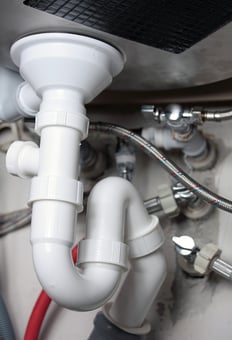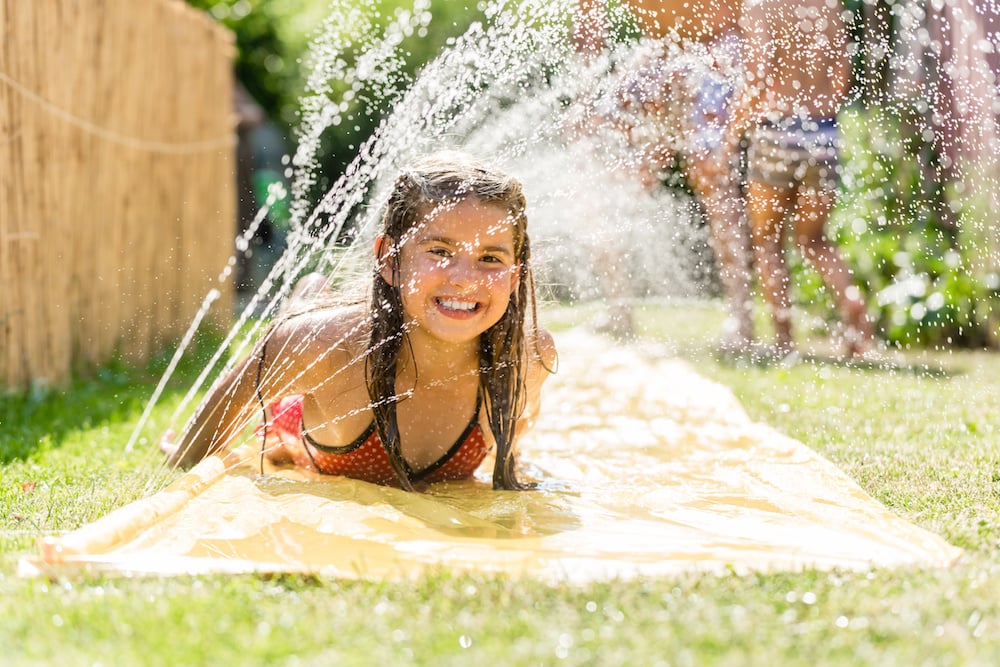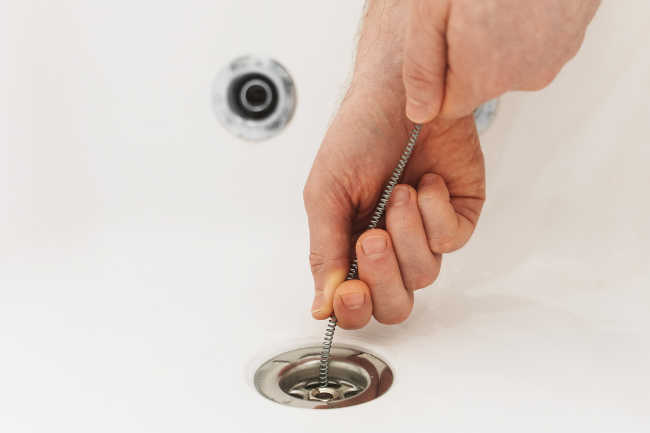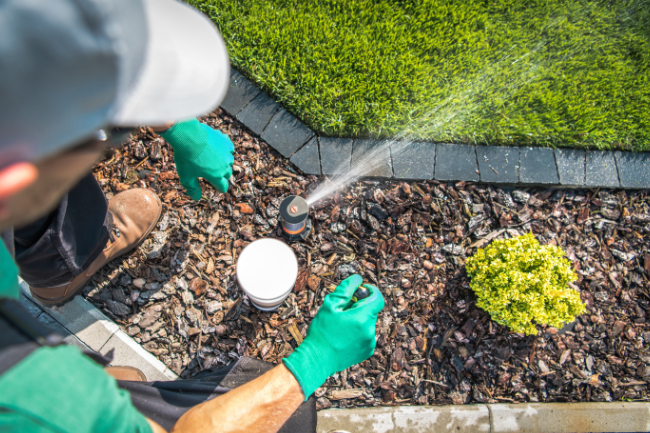Laundry and Sink Trap Dilemmas: SAC Reader Response #3
Posted by William Heinselman on

Express Sewer & Drain is Sacramento’s one-stop shop for all matters plumbing and pipe care. We kicked off our SAC Reader Response series of blogs in an effort to help those in our community keep their home or commercial plumbing systems healthy and functional.
In the first two entires of our Reader Response series, we tackled actual reader questions concerning hydro-jetting, root damage to pipes, PVC pipe repair and water heater issues. This time, we’re moving inside the home and answering questions about laundry and sink plumbing problems. If you’ve got a clogging laundry pipe or sink drain pipe, you’re in the right place.
1.) What’s the Best Way to Deal With a Clogging Laundry Pipe?
Clogged laundry drain pipes can be a bit trickier to deal with than a sink or bathtub drain clog, however, the premise of the repair is very similar. Once you’ve identified a laundry pipe clog, there are two things you can do: take on DIY pipe clearing (which you can do just as well as the pros if you have the right tools) or contact a plumbing expert in your area to eliminate the clog if you’re not prepared to do so yourself.
If you’re going to take on DIY laundry pipe cleaning, use the following steps as guidelines to clean your unit right the first time:
- First, locate your washing machine’s drain pipe (typically on the back of the unit) and disconnect your unit from it, giving you open access to the pipe.
- Then, you can either flush the drain with hot water (effective for slight to moderate clogging) or use a professional grade drain snake, available at your local home improvement store. To snake your laundry drains, insert the coiled wire end into the open drain pipe, and turn the snake when you meet resistance. Keep turning the snake until the clog has either been grabbed by the snake or dislodged entirely.
- Once you have dislodged or pulled out clogged debris in your washing machine drain pipe, flush it once again with hot water to break down any residual materials. Reconnect the drain pipe to your unit and you’re done!
As with any plumbing problem, going into a project without the right tools or ability can end up making matters worse. Don’t hesitate to contact a seasoned plumbing technician if you don’t feel up to the task of clearing your own laundry drains.
2.) Can I Remove My Own Sink Traps?
 If you’ve developed a clog in your sink’s drain pipe or have accidentally dropped jewelry or other objects down your drain, removing (or even replacing) your sink trap will solve the problem. Your sink trap is the curved portion of pipe below the sink, which uses water and gravity to form an effective seal between the air in your home and the gases in residential sewer lines.
If you’ve developed a clog in your sink’s drain pipe or have accidentally dropped jewelry or other objects down your drain, removing (or even replacing) your sink trap will solve the problem. Your sink trap is the curved portion of pipe below the sink, which uses water and gravity to form an effective seal between the air in your home and the gases in residential sewer lines.
Fortunately, removing your own sink traps is quite simple, and something you can do entirely on your own without reaching out to a plumbing expert for help. Before you remove your own drain trap, be sure you have a bucket, channel pliers or an adjustable wrench, and a wire brush ready.
The following is a step-by-step breakdown of removing/replacing your own sink drain trap with ease:
- Shut your sink’s water supply off and place a bucket under the sink trap. Even with the water supply turned off, there will still be water inside the trap (the water that creates the air seal between your home and the sewer line).
- Use channel pliers or an adjustable wrench to loosen the trap’s slip nuts. Loosen the nuts enough to unscrew by hand.
- Disconnect the trap from the main sink drain and sewer pipes, and cover the open end of the sewer pipe (wet cloth rags work well) to limit sewer gases from entering your home.
- Next, either clear the trap of the clog or retrieve whatever object fell into your sink drain. Wire brushes are best for removing drain trap clogs and residual materials.
- With the problem resolved, either reattach the old sink trap or install a new trap if the old one received any damage. Be careful to not over tighten the slip nuts when you (re)attach the sink trap.
- Test the trap by running water through your drain, and confirm that there are no leaks along trap connections.
Clearing sink traps and laundry pipes of clogs is much easier than many homeowners imagine at a glance. In many cases, you can save yourself time and money by using DIY techniques to resolve the problem. However, remember to never let yourself end up in over your head - doing so could land you with more severe and expensive plumbing repairs.
Topics: Home Plumbing, DIY, Drain Cleaning and Repair







